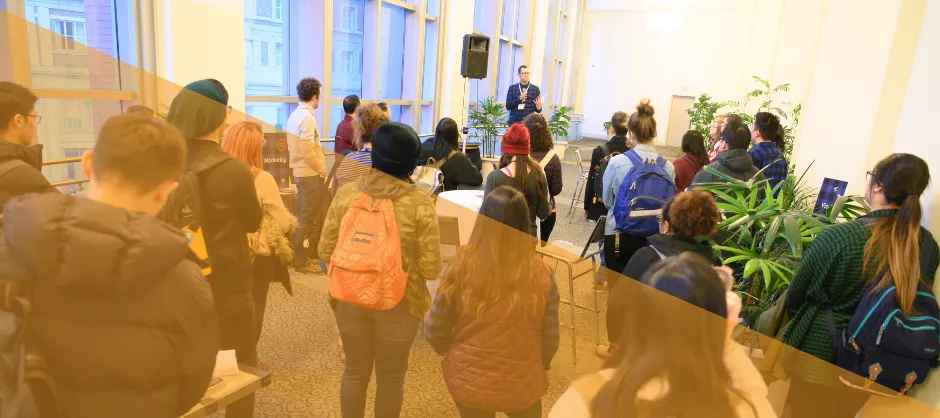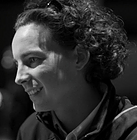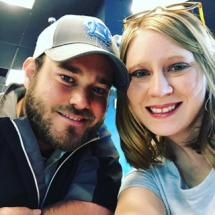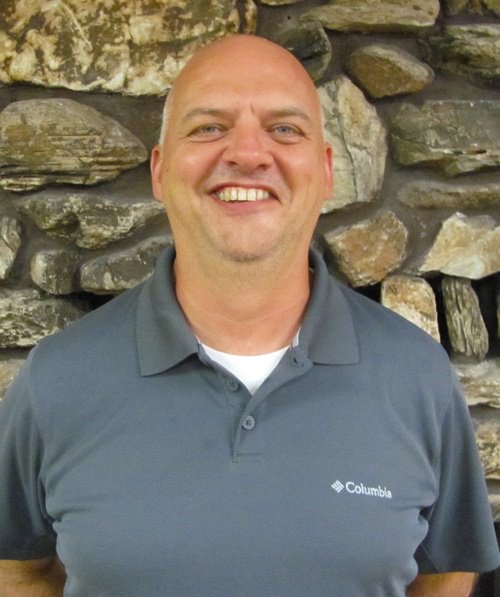
NSO Resources & Best Practices for Large Chapters
How do you keep spiritual growth and discipleship firmly rooted in developing people even as you train new leaders, welcome new students and set-up small groups and leadership structures?
When working with larger chapters for NSO it becomes increasingly important to keep vision, structure, and people development at play simultaneously. This can be exciting and a little daunting!
This resource is the compiled wisdom and best practices from an experienced group of staff of larger chapters. They represent geographic and ethnic diversity as well as diversity in strategy—some work with single chapters and others with a multiple-chapter system.
We hope engaging with this document is not so much about finding a silver bullet answer, but a chance to prayerfully sharpen your own thinking. It’s often the case in our movement that learning from each other is a deep and valuable gift! To that end, we offer this resource.
What are 2-3 aspects of vision and culture that you (and your team if applicable) lead with as you prepare students for NSO?
- Use the metaphor of a sandbox: a place with boundaries but lots of space to be creative and bring work and joy together.
- Set a culture of being intentional, intimate, incarnational, and invitational.
- Create a field with boundaries but also let students “play in the field” trying new things. One of the boundaries is when SGs start and being the main place for ministry focus.
- Create space to build relationships. What is the simplest thing we can do that will give us the most contact with new students and allow us to engage them in conversation? Use the idea of “Have You Eaten Yet?” Who’s not at the table enjoying the goodness of our food (literal and spiritual)?
- Do good work and do good rest.
- We want to see revived communities; we need revived leaders first. As NSO is a place of people’s first contact with InterVarsity, summer is a place for leaders to pursue their own revival.
- “NSO is all about building relationships.” Use bigger, high-visibility events for making contacts, smaller, more intimate events for building relationships.
What are key training and prep/debrief rhythms or events that you think are essential for a strong NSO (could be before, during and/or after NSO, e.g., a post-NSO rest and debrief retreat)?
- Use a clear and compelling calendar that strategically connects on how training, events and activities build group cohesion, belonging and intimacy.
- Assign roles within NSO events that align with individual’s giftings.
- Connect activities like celebration, resourcing, and prayer so students don’t just learn activities and skills but see how they connect to our beliefs as a witness community.
- Use a NSO follow-up spreadsheet where the goal and last column is what SG are they decide to join.
- The theme every year for our Chapter Retreat is, “Gospel-centered community” (it’s worth emphasizing every year and does not need to change).
- All our training is focused around follow up and then launching small groups. One rule is that our leadership team plans and executes the actual NSO events, and they aren't allowed to ask new SG Leaders for help. The job for new SG leaders is just to show up and engage new students in conversation.
- Training topics: Follow up; Conversational onion (how to start at the surface and go deeper with new people); New world diagram/big story; Call to faith; calendaring
- At the end of the year at Chapter Camp, we train the topics (listed above), plan first week of NSO for the next school year with leader of leaders
- At our back-to-school retreat with all leaders, we have leader-of-leaders train other leaders and members
- Debrief after every event
- After NSO we have a party to celebrate and a sabbath week.
- We do NSO prep/planning/deployment in the spring. I believe that the number of small groups/committed small group leaders is the key to growing a chapter, and that you need to have them in place, ready to go before NSO starts. I know that this runs contrary to some models, but I believe that slower multiplication is usually better for the long-term health of a chapter.
How do you develop returning leaders, returning members and new people during NSO?
- We do a scripture study with the theme, “there is still room” and then do a role play with the prompt, “tell me about InterVarsity without telling me about what we do (small groups, large groups, etc.).
- Assign roles within NSO events that align with individual’s giftings.
- Talk to new students with them and then debrief afterward how the conversation went.
- We always have a future-focus for our leaders: “Who is replacing you? Who is going to continue what you put blood sweat and tears into?”
- We are not just inviting new students to come and be a consumer we are casting vision for how they can contribute from the beginning. This allows us to reach future leaders who have a desire to serve.
- We use Back to School retreats to help train our returning leaders, members, and new leaders.
- Everyone in leadership participates in doing follow up and we also dedicate the first 5-10 mins of leadership meetings doing it.
- Small groups will do “SG placement” where they go through all the contact cards and invite each of them to their small group (their “corner of campus”) as applicable to the new student on the contact card.
- Follow-up system and accountability are very pretty critical--you need to be able not only to capture all the names and contact information, but also distribute those names to the people doing the follow-up, AND track progress: did you meet face to face? Did they come to Large Group? Did they come to small group? Did they come back a second time? Did they go to the chapter retreat? Have they signed up for Fall Conference? Are they a potential leader?
Anything else or other ideas to share?
- Make sure the win or goal is very clear: Land everyone in a continuing small group.
- SG’s are the focus of everything that we do so we are going to try and get to launching small groups as soon as possible and then they become the vehicle for continued outreach and connection. We really only have 1 week of NSO events and from that point on everything runs through the small groups.
- Rapid follow-up: every time you get a card, that person should hear from you within 24 hours and that initial text should be to try and set up a face-to-face meeting, not just to get them to come to the next event.
- Delayed “felt need” maybe means delaying or extending NSO a bit. Students don’t seem to be as desperate for community the first week or two of school as they may have been in the past, perhaps because they still have their community from home available to them on their phones in the form of social media connection points.
- Student leaders can be skittish about face-to-face meeting for follow-up, so ask permission first as its then less of a negative surprise to the new person.
- We’re focusing on trying to get to face-to-face meetups over coffee during follow-up and avoiding unannounced visits altogether.
Contributors
 Kip Hart (Virginia Commonwealth U.)
Kip Hart (Virginia Commonwealth U.)
 Zane Pinkleton (UNC-Chapel Hill)
Zane Pinkleton (UNC-Chapel Hill)
 Ard Orpilla (U. of Texas - Austin)
Ard Orpilla (U. of Texas - Austin)
 Jay Anderson (U. of Wisconsin - Eau Claire)
Jay Anderson (U. of Wisconsin - Eau Claire)
 Leslie Kearsley (UCLA)
Leslie Kearsley (UCLA)
The conversation was edited by Dave Paladino.